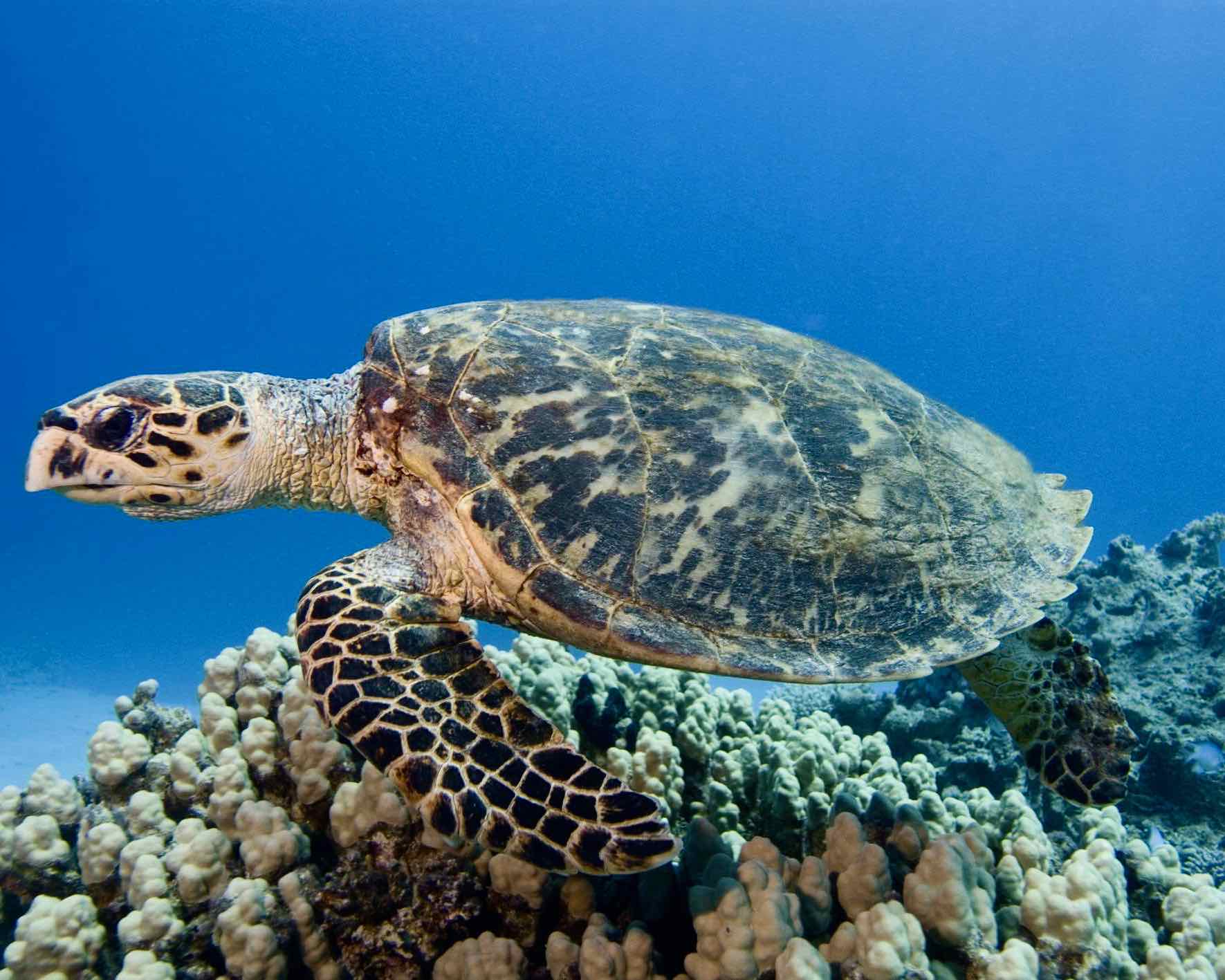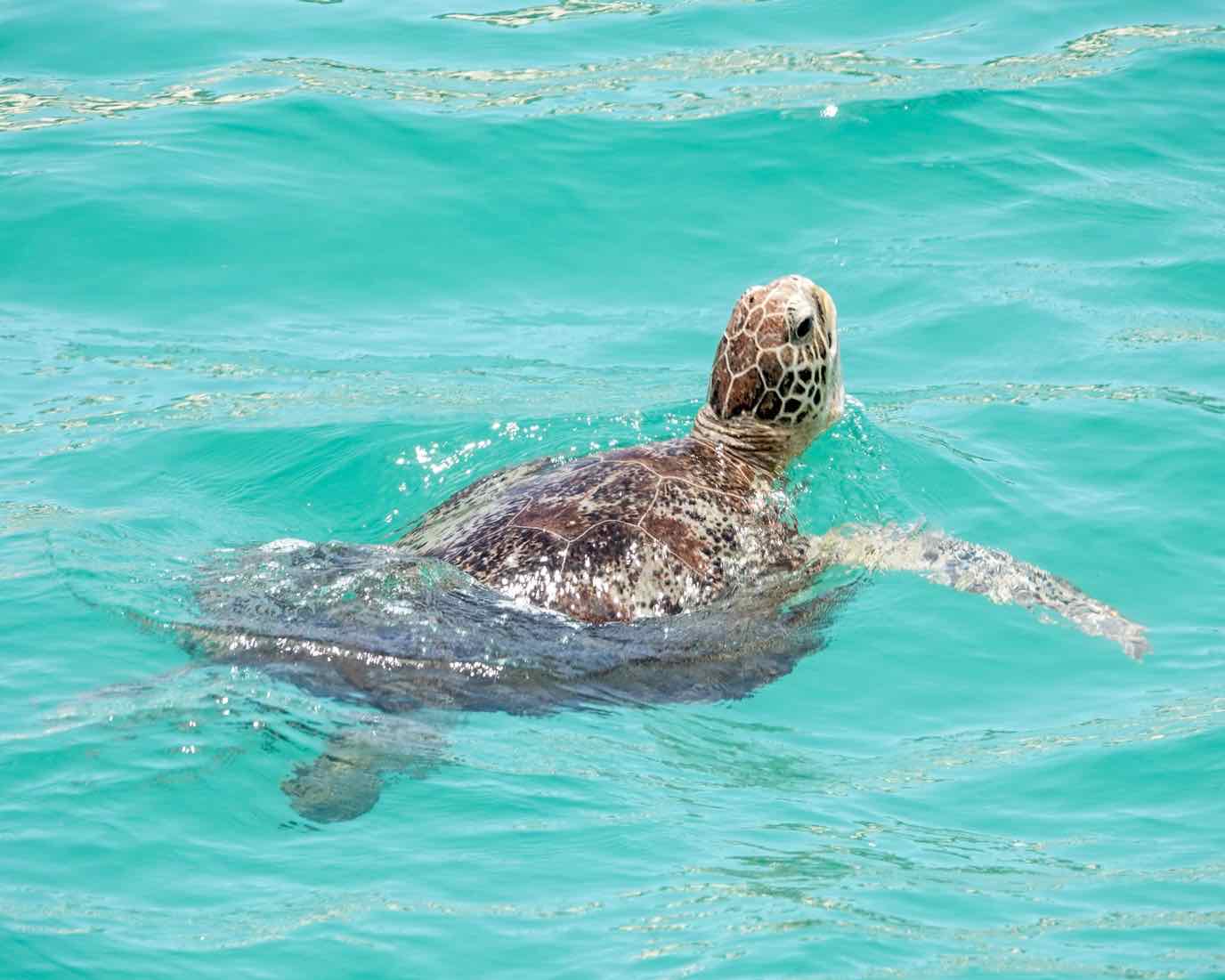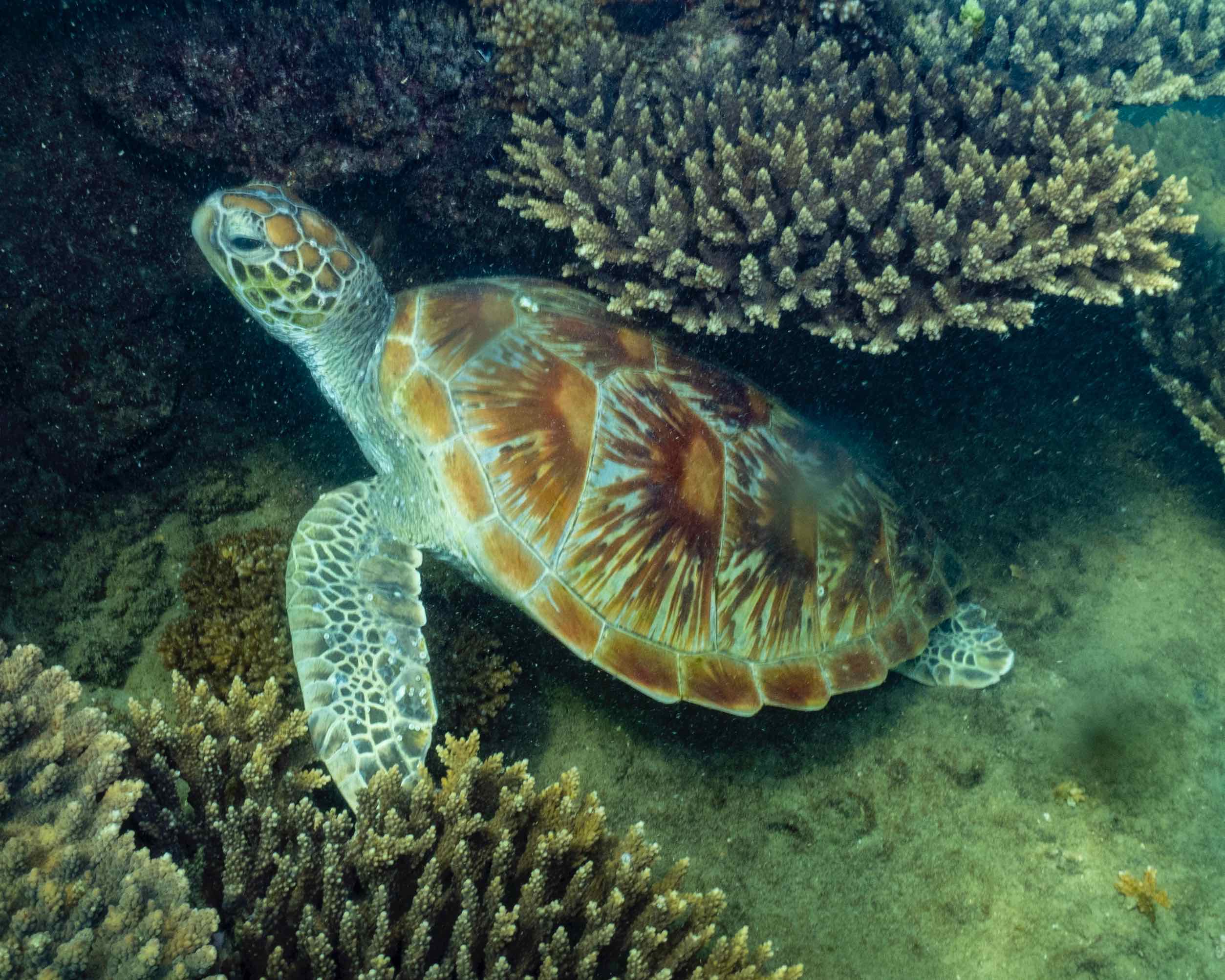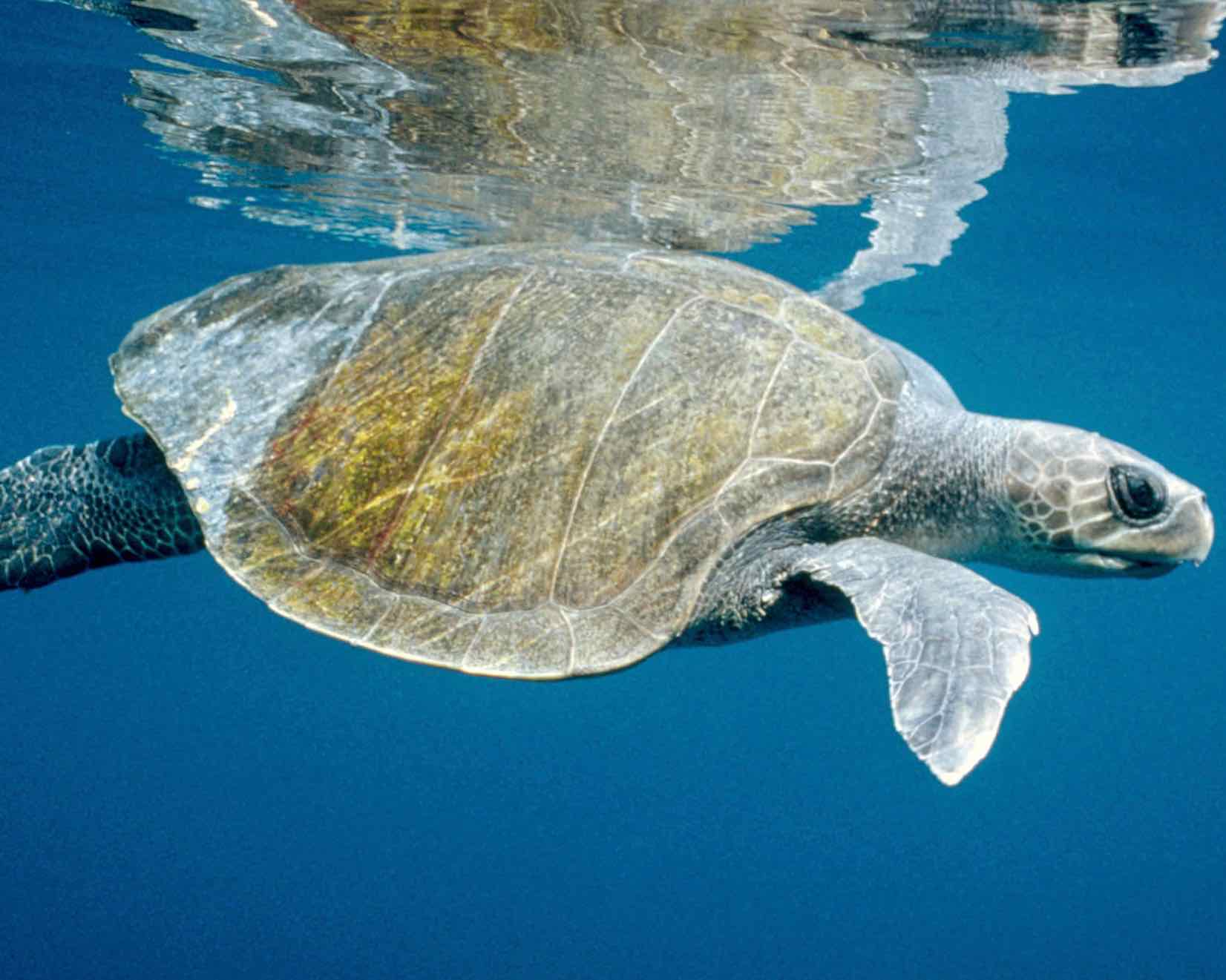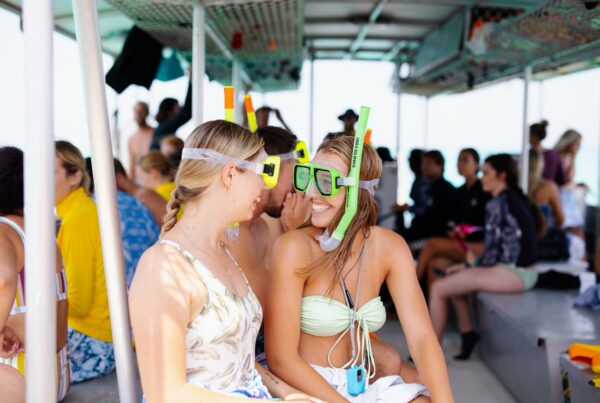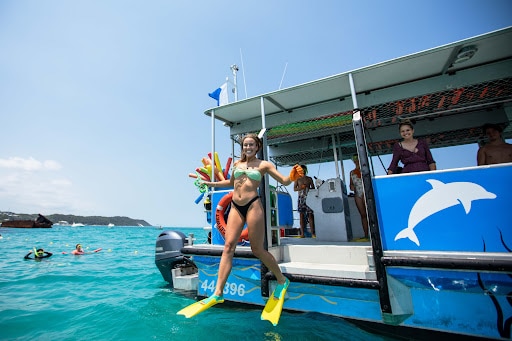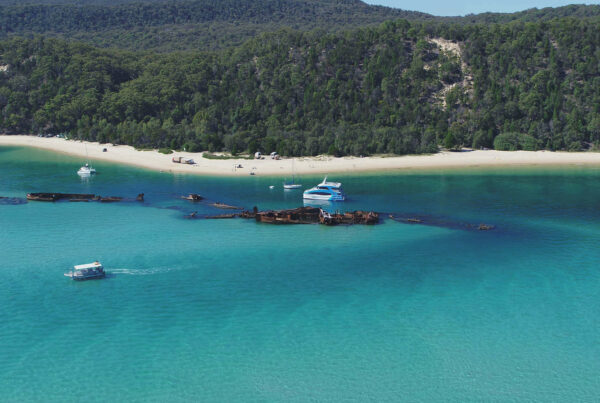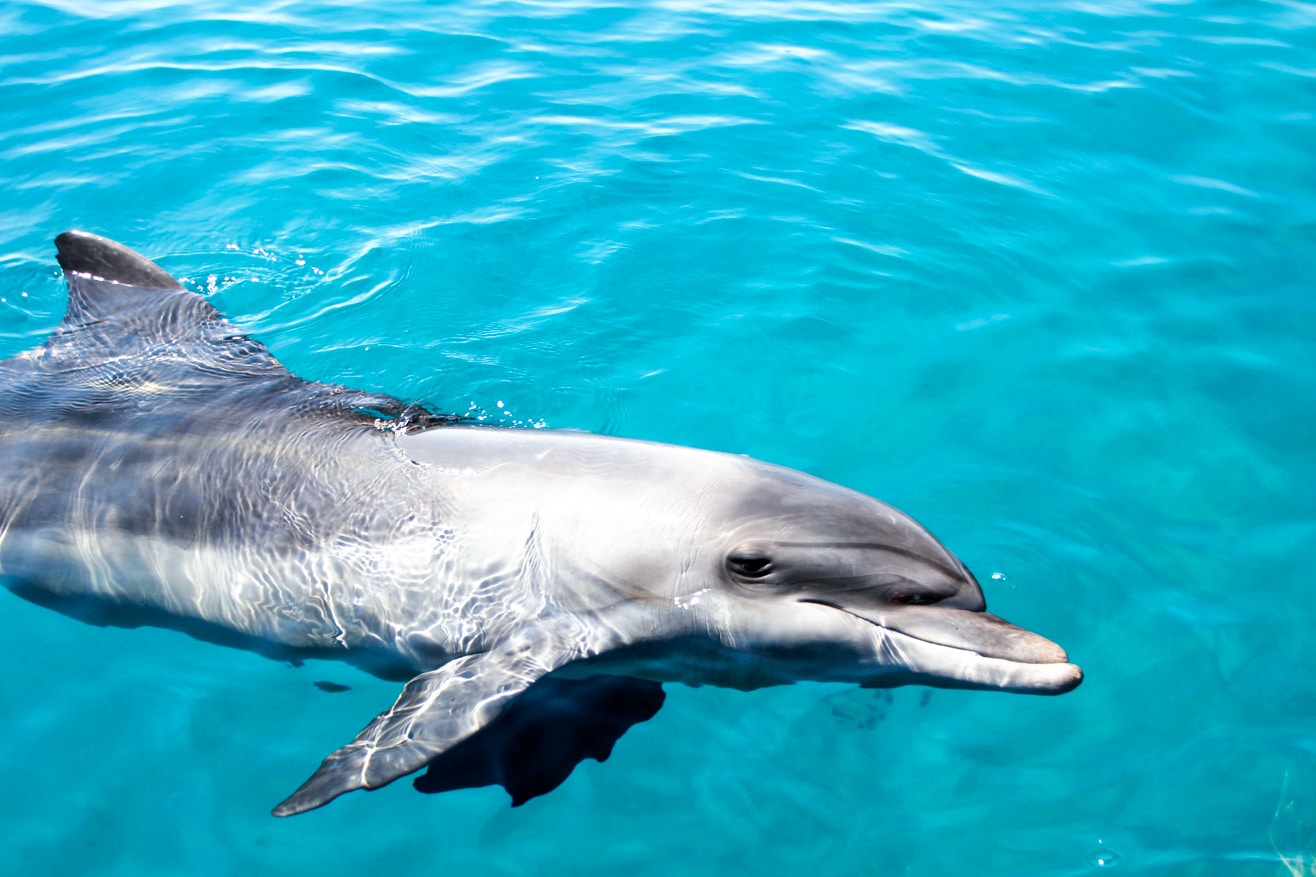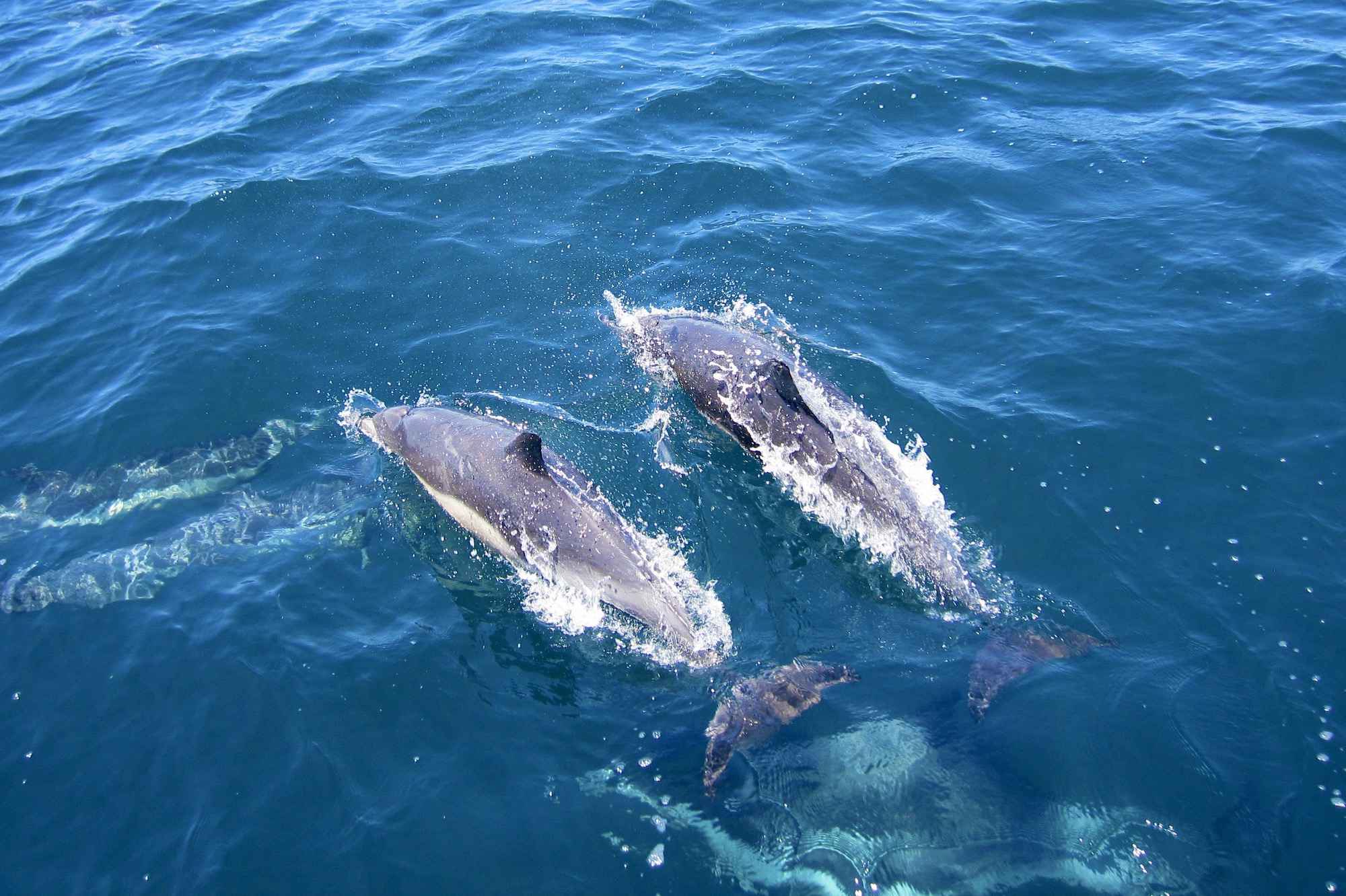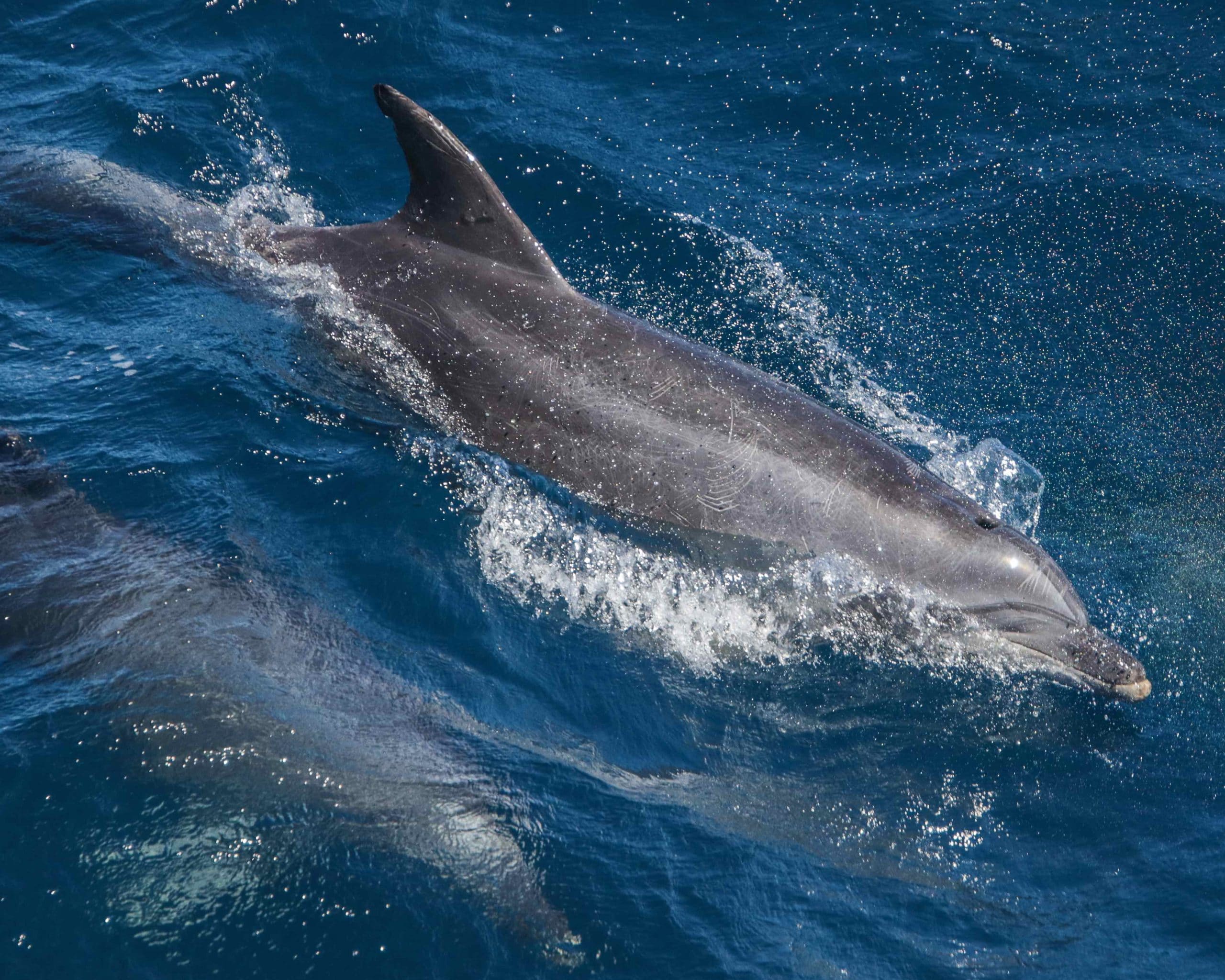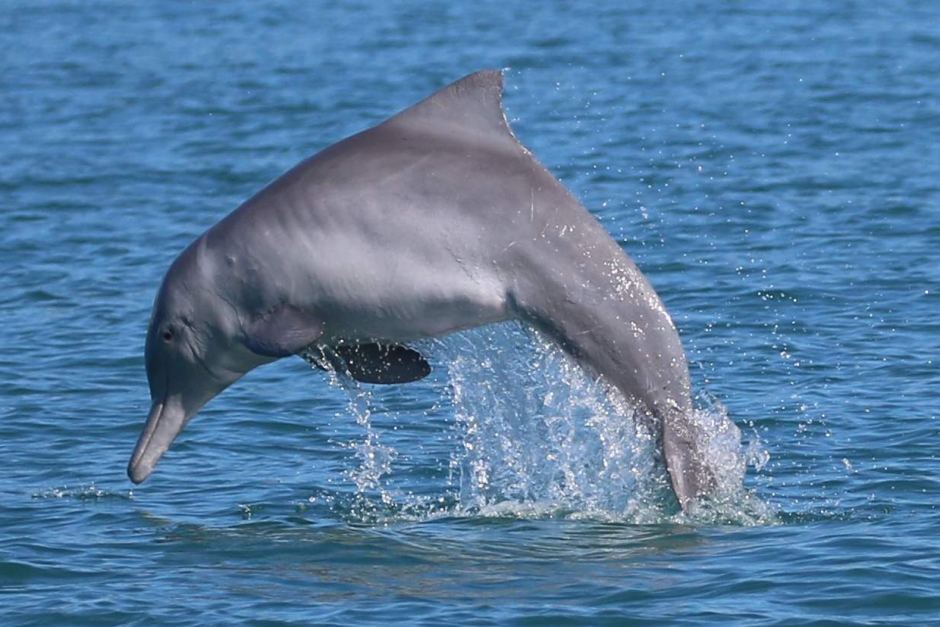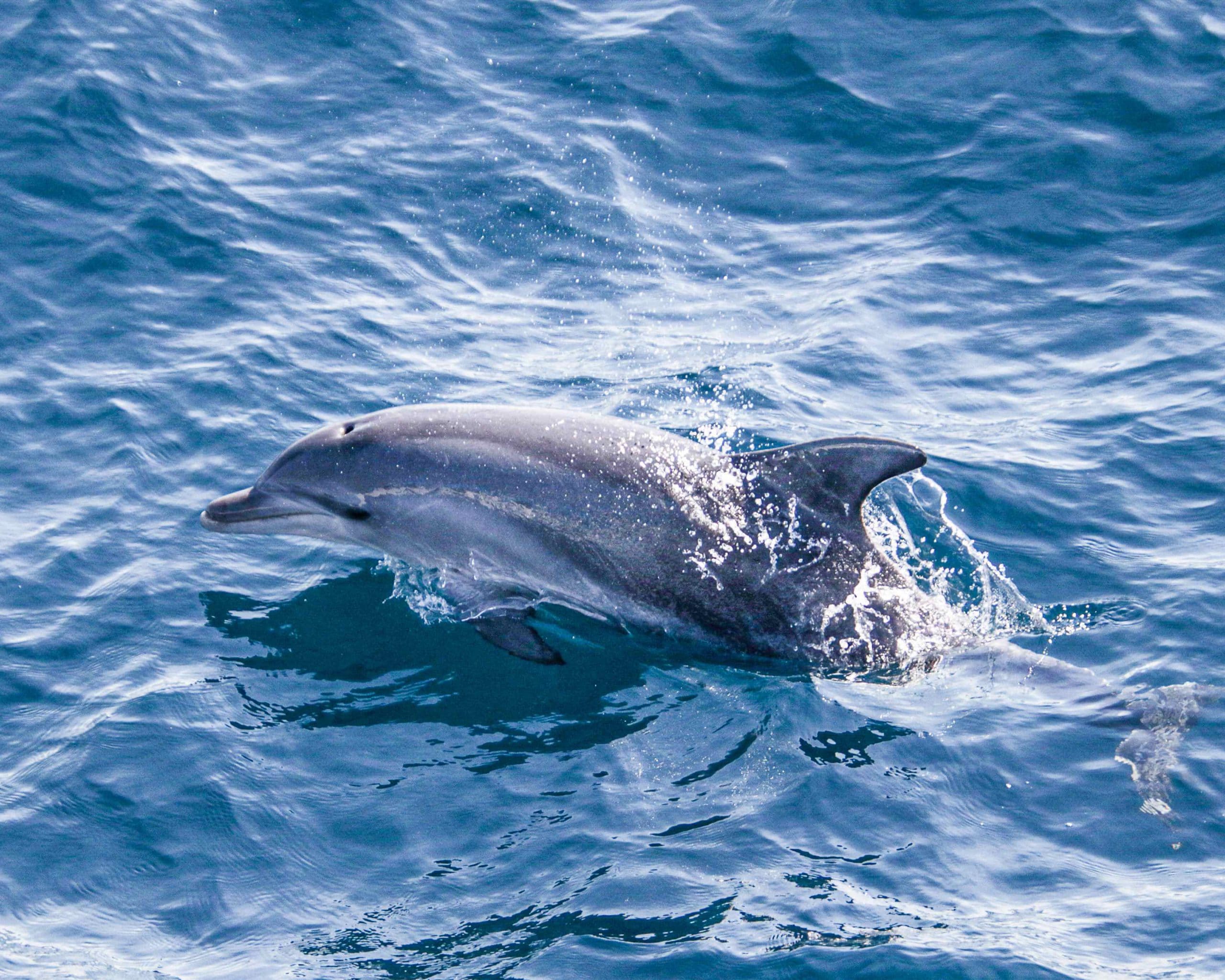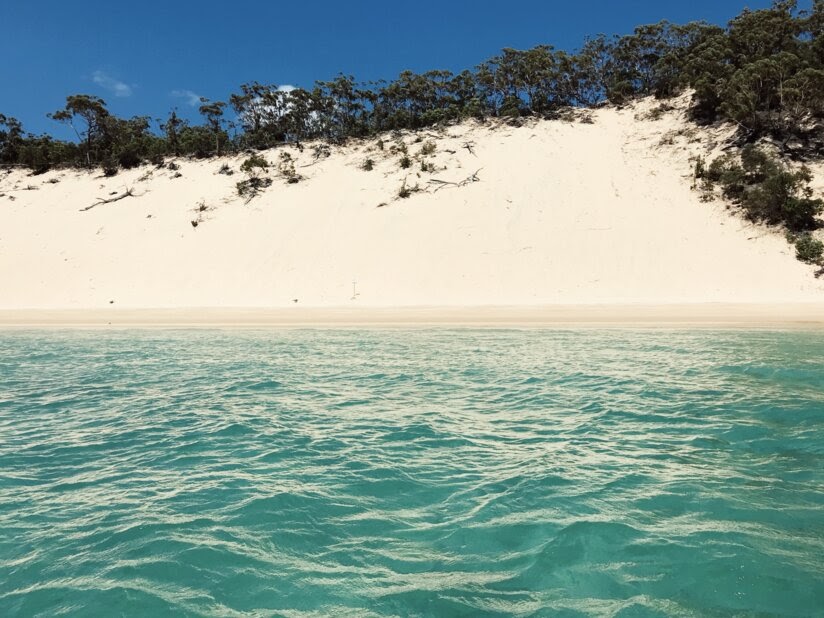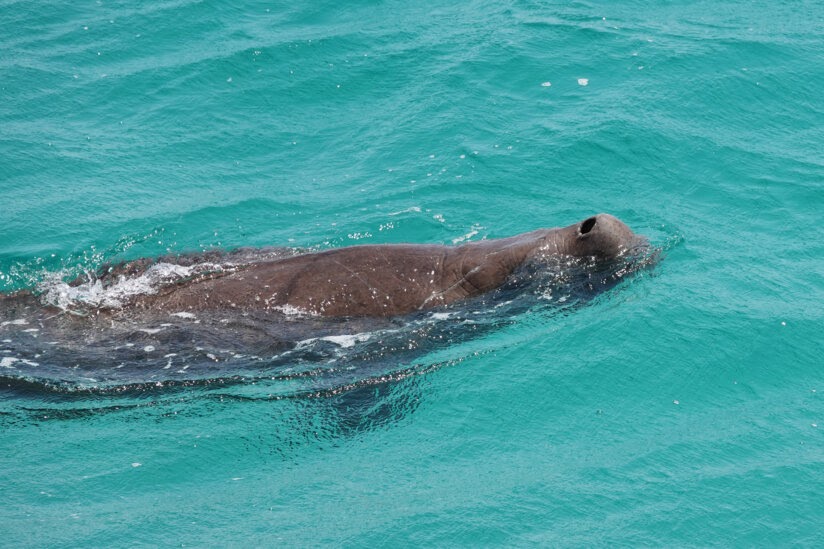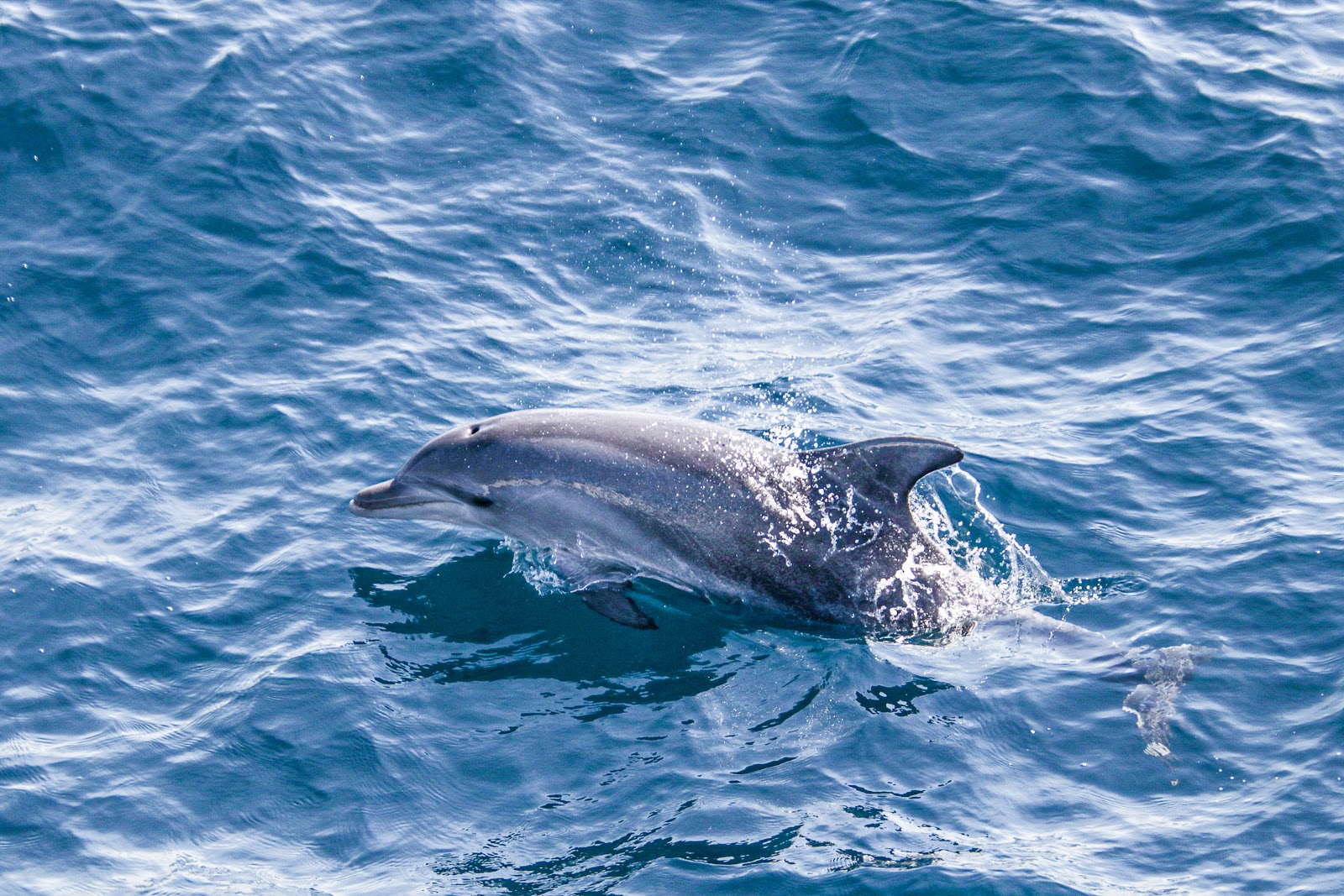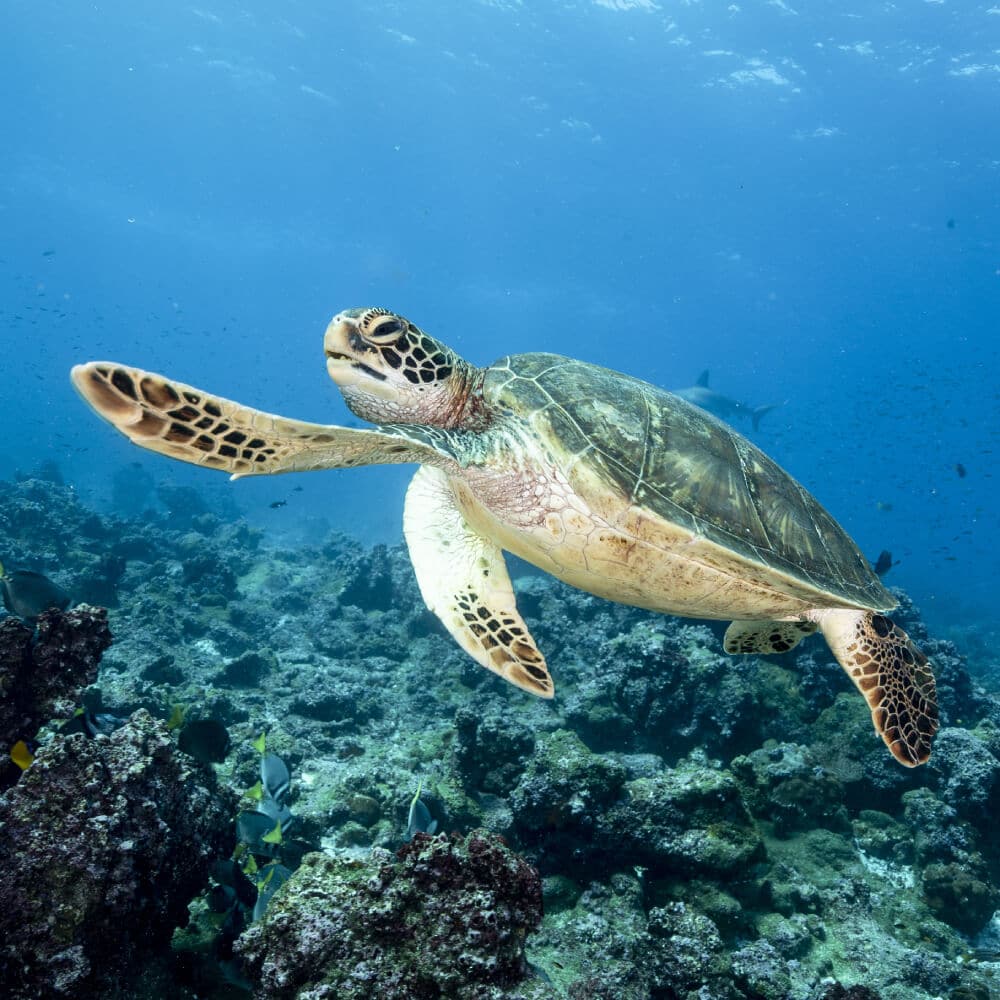
Discovering the turtles of Moreton Island
Wildlife
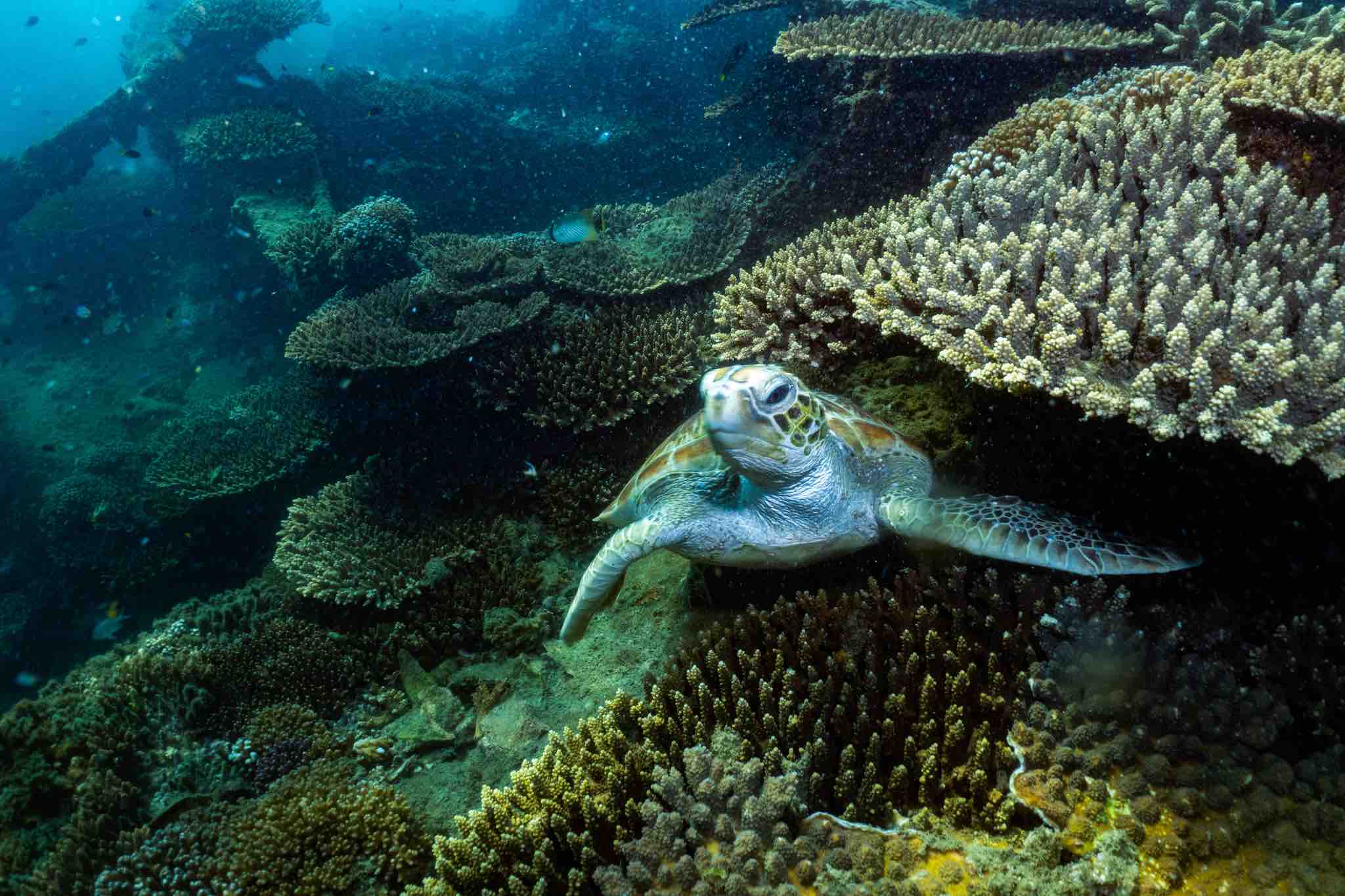
The Moreton Bay region is one of the few places in the world where turtles can be found so close to a major city. Five species of sea turtle can be spotted year-round, including green, loggerhead, flatback, Pacific ridley and hawksbill turtle.
Who’s Who Of The Sea
Green Turtle chelonia mydas
Distinguishing features: Large, teardrop-shaped shell which comes in a variety of colours including black, brown, yellow and olive.
Loggerhead Turtle caretta caretta
Distinguishing features: Large reddish-brown shell and a short, oversized log-like head.
Flatback Turtle natator depressus
Distinguishing features: Sleek, pale grey-green, flat shell.
Hawksbill Turtle eretmochelys imbricata
Distinguishing features: Narrow pointed beak with a unique tortoiseshell coloured shell pattern that creates a serrated edge towards the back.
Olive ridley turtle (Pacific ridley) lepidochelys olivacea
Distinguishing features: Broad, olive-green shell with an oversized head.
From sand to sea, and back again.
Queensland boasts one of the largest populations of sea turtles in the world. During November-March, turtles return to their birthplace to breed. Female turtles make their way onto the shore and create up to seven nests of eggs underneath the sand. The summer heat warms the temperature of the sand and predicts the gender of the hatchlings; cooler for males and warmer for females. The eggs incubate for up to eight weeks before they hatch and the baby turtles begin their journey into the ocean.
Sadly, you won’t see any turtle babies on your Moreton Island tour; however, there is a high chance you will spot a turtle or two as they explore the coral reefs of the Tangalooma Wrecks. Many of the turtles you will see are in their teenage years.
The ancient mariners of the sea
Turtles have wandered the ocean for more than 120 million years and have earned the nickname of ‘Ancient Mariner’ rightly so. The average lifespan of a sea turtle is between 50-80 years old, with some known to live up to 100 years old.
Scientists are still unsure of the journey of the sea turtle and where they adventure during their time in the ocean. Turtles won’t come to land until they reach the breeding age of 30. From this age, they return to their birthplace to lay their eggs. In a vast ocean, how do they know where their original home is? During their time in the nest, hatchlings develop a form of GPS to which they use to find their way home.
A smorgasbord of jellyfish and seagrass
Sea turtles eat an array of underwater cuisine, all depending on the shape of their beak. Green turtles’ serrated beak makes it easy to munch through seagrass and jellyfish, whereas loggerhead turtles have a strong, curved beak which allows them to crunch on crabs and sea urchins. Hawksbill turtles, like their name, have a bird-like beak which helps them pick at sponge growing in coral reefs. Turtles have a razor-sharp sense of smell which allows them to locate food in murky water.
Three for the sea
Unfortunately, over the next few decades, sea turtles are at risk of becoming endangered or extinct. Pollution and litter are significant threats to their livelihood, as turtles cannot tell the difference between jellyfish and plastic bags floating in the ocean. Scientists have predicted that the loggerhead turtle may become extinct in forty years based on their rapidly declining population numbers.
Our favourite motto our crew lives by is ‘Take Three For The Sea‘. Rubbish on our streets ends up in waterways that eventually run out into the ocean. The piece of trash you walk past on your daily commute, if left, will end up in the sea and potentially risk the life of its inhabitants. You can help stop the pollution in our oceans by picking up three pieces of rubbish each day. If everyone on Earth picked up even one piece of litter a day, that would equate to 27.1 billion pieces saved from the sea each year. A little can go a long way.
